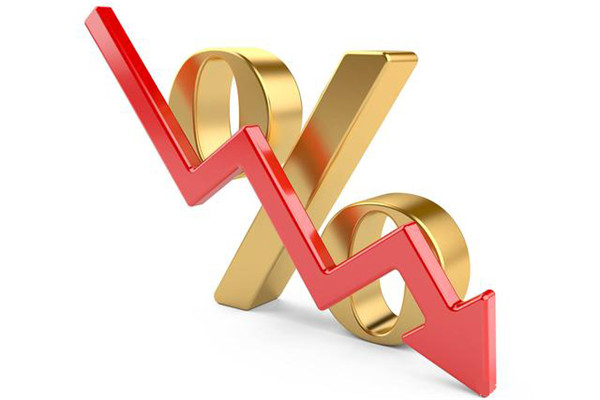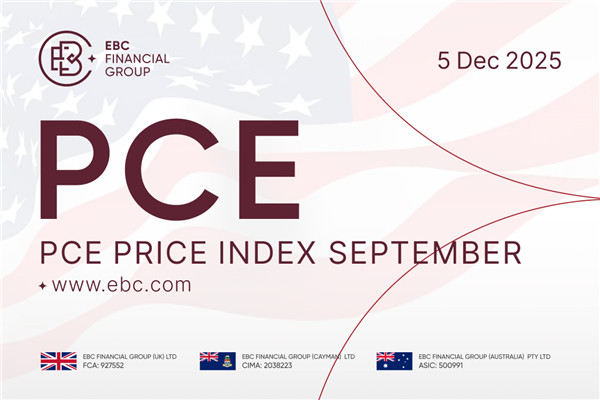When the economy faces serious recession or deflation risks, the central bank
may adopt a measure called negative interest rate policy. This is an unusual
monetary policy where the central bank decides to lower the benchmark interest
rate below zero, resulting in negative interest rates.
A negative interest rate means changing the usual deposit interest rate to a
negative value. Sometimes it applies to the interest rate when the central bank
accepts deposits from private banks. Generally speaking, banks can earn interest
when depositing with the central bank, but in the case of negative interest
rates, they actually need to pay handling fees. Banks depositing money with the
central bank may experience a shrinkage, which is expected to encourage banks to
actively relax loans to enterprises. For example, on January 29, 2016, the Bank
of Japan announced the implementation of a negative interest rate of -0.1%,
which will be implemented on February 16, 2016.
There are actually two scenarios for negative interest rates:
One is the negative interest rate indicated on bank deposits. For example,
the policy of negative interest rates on bank deposits was implemented
successively in Europe and Japan. The depositor deposits the money in the bank,
which not only does not provide interest but also charges fees. This is the
negative interest rate situation indicated in the book.
What is a negative interest rate policy? (What is a real negative interest
rate?)
The other is the actual negative interest rate. That is to say, we keep money
in the bank, and the bank also pays interest, but this interest rate level is
lower than the inflation rate, and the money shrinks as prices rise.
The Role of Negative Interest Rate Policy
Many people may feel confused. Why are there negative interest rates? In
fact, negative interest rate policies are aimed at stimulating the economy,
driving people to increase consumption and investment, and forcing commercial
banks to seek other investment opportunities or lend to enterprises and
individuals in order to obtain higher returns.
Firstly, negative interest rate policies have a significant driving effect on
economic recovery. It can encourage banks to relax loan standards and lower
interest rates on all loans, thereby reducing financing costs and helping
enterprises develop rapidly. This policy can also reduce the risk of investors
investing with funds and stimulate the growth of investment activities. By
introducing negative interest rate policies, banks are able to implement more
flexible financial policies, reduce supervision of financial institutions, and
make it easier and faster for enterprises to obtain financial support. In
addition, negative interest rate policies can also help curb inflation, reduce
the national debt burden, and achieve sustainable socio-economic
development.
Secondly, negative interest rate policies can stimulate financial innovation.
It helps to promote the development of financial markets, lower the threshold
for monetary credit, encourage investors to diversify their investments, and
thus promote innovation in financial products. For example, negative interest
rate policies can help promote the development of non-voting instruments (CBDCs)
issued by central banks, further promoting innovation in digital payments.
At the same time, negative interest rate policies may also cause some
problems. Firstly, this policy may have an adverse impact on the banking
industry, leading banks to shift funds towards fee collection services to
maintain normal income levels while also potentially triggering liquidity risks.
In addition, negative interest rate policies may have adverse effects on the
real economy, disrupt the quality of corporate capital supply, reduce borrowing
costs, lead to an increase in corporate debt levels, and reduce corporate credit
risk control.
Therefore, when implementing negative interest rate policies, the government
and central bank need to comprehensively consider various factors and adopt a
series of regulatory policies to ensure the stability and healthy development of
the financial market. In addition, efforts should be made to improve the
efficiency of negative interest rate policies to encourage enterprises to invest
in production, technology development, and human resource training at lower loan
rates, thereby promoting employment and sustainable development, ultimately
ensuring stable economic growth and maximizing the interests of investors,
businesses, and consumers.
Disclaimer: This material is for general information purposes only and is not intended as (and should not be considered to be) financial, investment or other advice on which reliance should be placed. No opinion given in the material constitutes a recommendation by EBC or the author that any particular investment, security, transaction or investment strategy is suitable for any specific person.


























